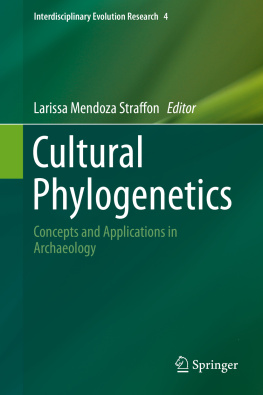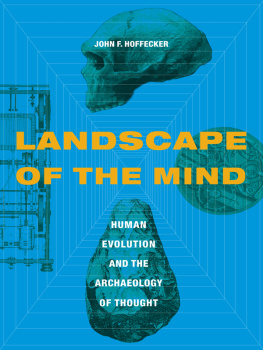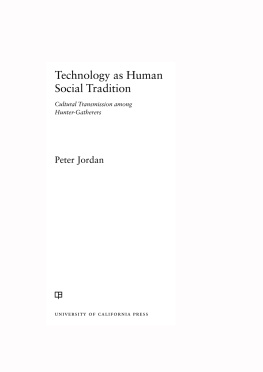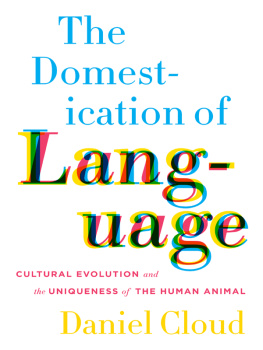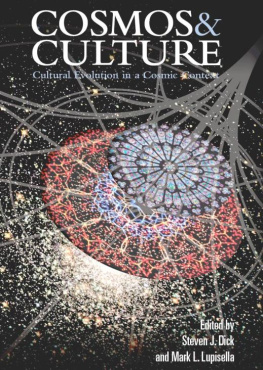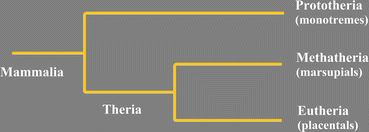The present volume is both timely and needed. The past couple of decades have seen an accelerated increase in the number of works and discussions on the mechanisms and processes of cultural evolution and the methodological approaches to best describe and analyze them.). Yet, for many archaeologists who are not familiar with evolutionary science, it may not be completely clear what phylogenetics is and why or how it should be applied in their field of work. The aim of this book is, on the one hand, to address precisely this issue and, on the other, to offer a selection of clear examples of what phylogenetic methods can contribute to archaeological research. This introduction will briefly present the field of phylogenetics through its key concepts and will discuss its potential applications in the human sciences in general and archaeology in particular. It will also explain the structure of the book with a summary of the chapters that compose it and, finally, it will reflect on the future of cultural phylogenetics in archaeology.
The Tree of Life Branches Out
Phylogenetics is a field of biology that studies the diversification of organisms and the evolutionary relationships among them by inferring ancestordescendant lines, i.e., by tracing back their links to a common ancestor. Basically, a phylogeny is a hypothetical reconstruction of those evolutionary relationships, built by identifying the distribution of characters among species and inferring their development. That is, a phylogeny constitutes a hypothesis of an evolutionary history.
Phylogenetic systematics, also known as cladistics, refers to the methods of phylogenetics. The aim of these methods is to infer which organisms share ancestry with others and the amount of evolutionary changes that may have occurred within lineages. In this manner, cladistics organizes taxa in groups according to relatedness (clades), by identifying shared characters among them, which have been inherited from a common ancestor (shared derived characters, or synapomorphies). The underlying assumption is that the more synapomorphies are shared by any taxa, the more closely they are assumed to be related, which implies that they share a more recent common ancestor with each other than with any other taxon included in the analysis. For example, extant mammals are constituted by two clades: Prototheria (egg-laying mammals, like the platypus and the echidna) and Theria (live-bearing mammals). Theria again branches out into two groups: marsupials and placentals. The derived character of the marsupials is the abdominal pouch, whereas the derived character that defines placental mammals is the uterine development of the fetus. Both clades, in turn, have fur, which is a primitive character shared by all mammals (Szalay ). Parsimony states that the most simple and efficient hypothesis should be preferred; in this case, the hypothesis that requires the smallest number of inferred evolutionary changes is more likely to better represent the ancestordescendant relationships among taxa.
The result of a phylogenetic analysis is a cladogram, a branching diagram that groups taxa by shared descent. Phylogenies may be represented as trees, lines, or networks, which help visualize the processes of divergence, branching episodes, and convergence, as well as continuity or extinction. Cladograms then serve to test hypotheses about origin, relatedness, change, and, when coupled with a comparative approach, adaptation (Fig. ). Nowadays, when dealing with large datasets of traits and taxa, most phylogenetic methods implement computational packages to generate phylogenetic diagrams.
Fig. 1
A simplified horizontal cladogram of the mammalian group (After Szalay )
As we have noted, the mechanisms that allow for a phylogenetic classification and analyses are common descent and variation from the ancestral form. Therefore, phylogenetic methods are applicable to any trait or entity, whether genetic or cultural, as long as it undergoes descent with modification (Levinson and Gray , 167).
Like genetic information, socially transmitted information is not merely replicated from one individual or generation to the next but is also recombined and transformed, sometimes even lost. The emergence and change of cultural forms over time and space, i.e., cultural evolution, are somewhat similar to biological evolution in that it entails the basic processes of variation, selection, and transmission, i.e., descent with modification, along with others like competition, accumulation of modifications, adaptation, exaptation, and convergence (Whiten et al. ).
These differences with biological evolution have been a major point of contention in cultural evolution studies, with some scholars wondering whether cultural evolution could in fact be analogous to biological evolution and whether methods designed to study the relatively straightforward mechanisms of genetic evolution can be at all applied to analyze the various and complex modes of cultural evolution (Tmkin and Eldredge ). The debates that have sprung from these issues have been widely discussed in the literature dealing with cultural evolution (Mace et al. 2005).
It is fair to say that researchers involved in cultural evolution are nowadays quite aware of these discussions and their challenges and, like the authors in this book, have taken to finding ways of integrating evolutionary methods into their studies while taking into account that these cannot be simply translated across fields but must consider the particular properties of their subject. For instance, computational and mathematical models have been adapted to specifically fit the oblique processes of cultural transmission (Whiten et al. ).
Cultural phylogenetics, like its biological equivalent, aims at understanding cultural evolution through relations of relatedness (Currie , 939).

